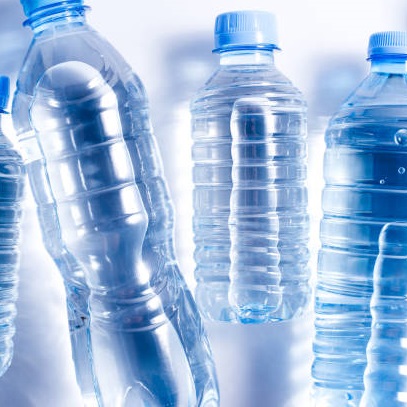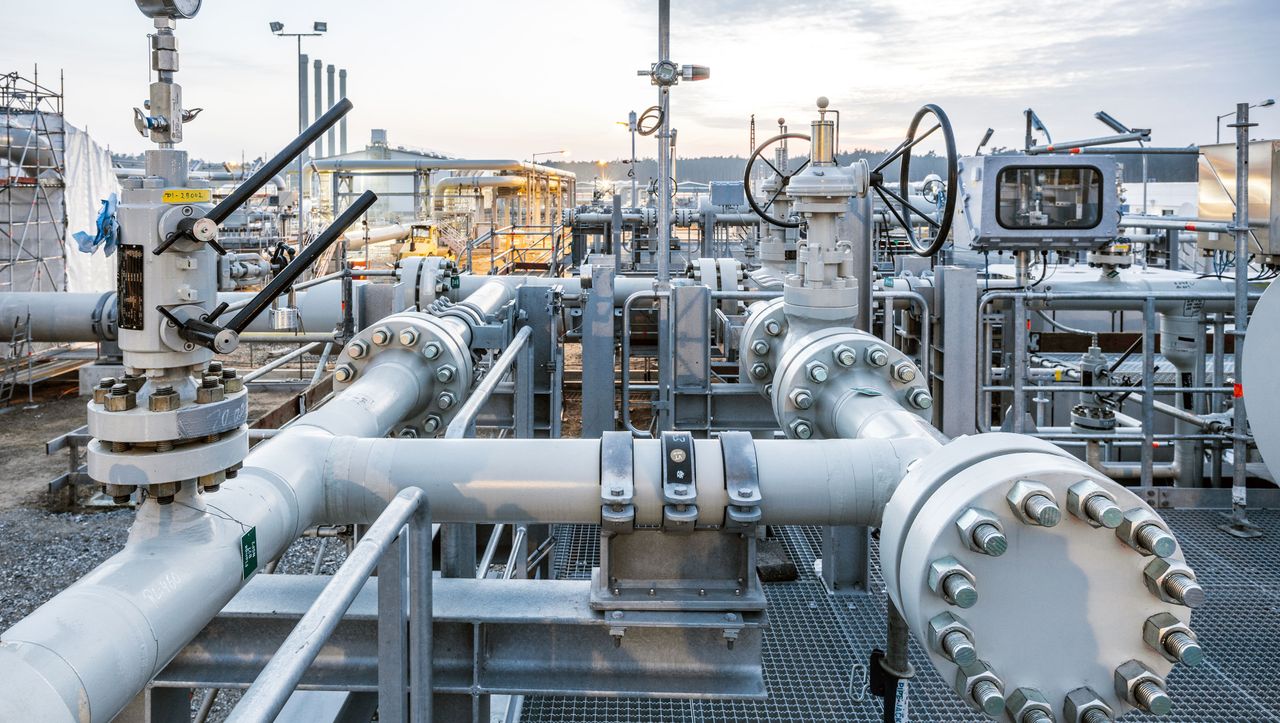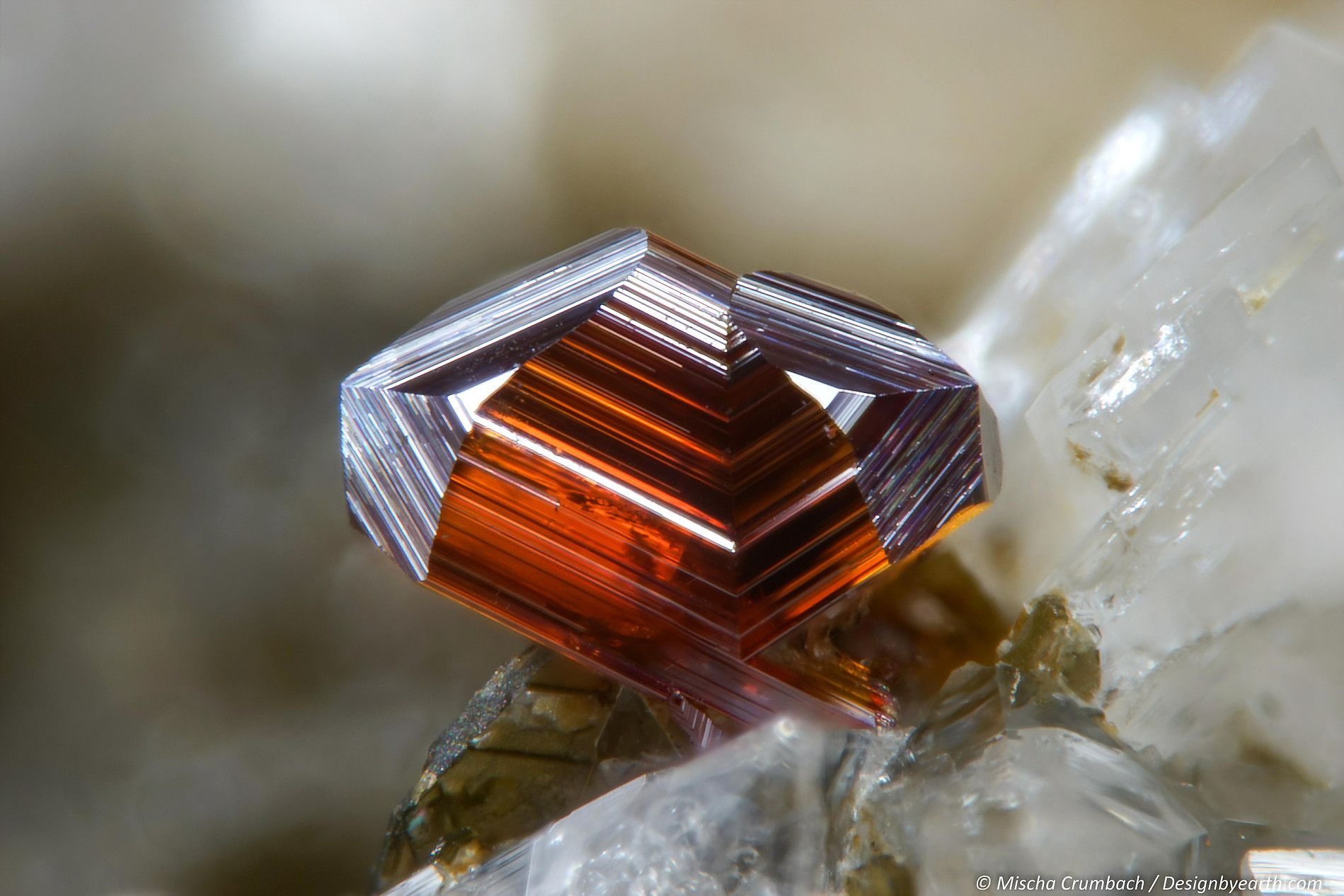Polyethylene terephthalate, commonly referred to as PET or PETE, has become one of the most widely used plastic polymers in the world today. From water and soda bottles to clothing fabrics and food packaging, PET offers properties that make it highly suitable for a variety of applications.
What is PET?
PET is a thermoplastic polymer made from purified terephthalic acid (PTA) and monoethylene glycol (MEG). During the manufacturing process, these raw materials undergo a polycondensation reaction to form the PET polymer. PET has a semicrystalline morphology, giving it properties like strength, rigidity, shine, and resistance to breakage under stress. Its density is lower than other plastics like polyvinyl chloride (PVC), making it lightweight as well. PET’s glass transition temperature of 70-80°C allows it to maintain its strength and properties over a wide range of temperatures.
Major Uses of PET
One of the largest uses of PET globally is in plastic bottles for packaging water, soft drinks, juices, and other beverages. Around 64 million tons of PET bottles are produced per year around the world. PET offers an effective barrier against gases and moisture, making it ideal for storing drinks without compromising quality or safety. PET bottles are lightweight, affordable to produce, clear and see-through which allows the contents to be clearly visible. Bottles are also easily recyclable.
PET is also used extensively in food packaging as it is considered safe for direct food contact by global regulatory agencies. It is used to package snack foods, microwaveable meals, condiments, fresh produce, and more. PET trays, sheets, lids, and thermoformed containers are commonly used in food packaging. Its resistance to fats and moisture keeps food fresh while preventing spoilage.
Polyester fibers made from Polyethylene Terephthalate (PET) are extensively used in clothing, home furnishings like curtains and upholstery. PET fibers have properties like strength, crease-resistance and versatility of use. Clothing made from PET polymers like polyester and microfiber are durable, quick drying and maintain shape effectively through laundry. PET film is used as a substrate in polarizer protective films for liquid crystal displays like smartphones, TVs and computer monitors.
Sustainability and Recycling of PET
As PET has become ubiquitous in consumer goods and packaging, adequate waste treatment and recycling are important for the material’s sustainability. PET is rated #1 for recyclability among all plastic resins by The Association of Plastic Recyclers.
More than 25 billion PET bottles are recycled globally each year. Collected bottles undergo sorting, grinding and heat treatment to break the polymers back into raw materials, known as PET flakes. These flakes can then be used to manufacture new PET products through repolymerization, closing the loop of a circular economy. The recycled PET has comparable mechanical properties to virgin PET resin and lowers carbon footprint and use of raw material extraction.
Some other innovative ways PET is recycled include downcycling into polyester fibers for clothing or other uses where maximum performance is not required. PET can also be chemically broken down and converted into basic industrial chemicals like monoethylene glycol (MEG) through depolymerization. Overall, effective waste management and increasing recyclability of PET are key for the material to develop sustainably.
Future Outlook and Challenges
Demand for PET is projected to significantly increase worldwide in coming decades driven by population growth and developing economies. Annual production capacity expansions indicate PET will remain an important plastic for packaging and other applications. However, challenges persist around plastic waste prevention and developing cost-competitive recycling technologies for currently hard-to-recycle PET items.
Continued collaboration among producers, brand owners, recyclers and governments will be necessary to formalize waste management infrastructure and incentivize a circular plastics economy. Ongoing research and innovation are also crucial, such as developing PET blends with improved recyclability or designing packaging with contents easily separable into individual streams. With concerted efforts across industries and sectors, PET’s excellent material properties can be sustainably leveraged while also addressing environmental concerns through circular lifecycles.
PET has established itself as one of the most important commercial polymers owing to its versatility, strength, light weight and moisture barrier properties suitable for a variety of applications. While demand for PET is projected to increase significantly in the coming decades, adequate recycling programs and advanced technologies will play a critical role in developing the material sustainably as part of a circular economy model. With collaborative efforts across industries and sectors, PET stands poised to fulfill packaging, textile and other needs in an environmentally responsible manner.
*Note:
1. Source: Coherent Market Insights, Public sources, Desk research
2. We have leveraged AI tools to mine information and compile it



